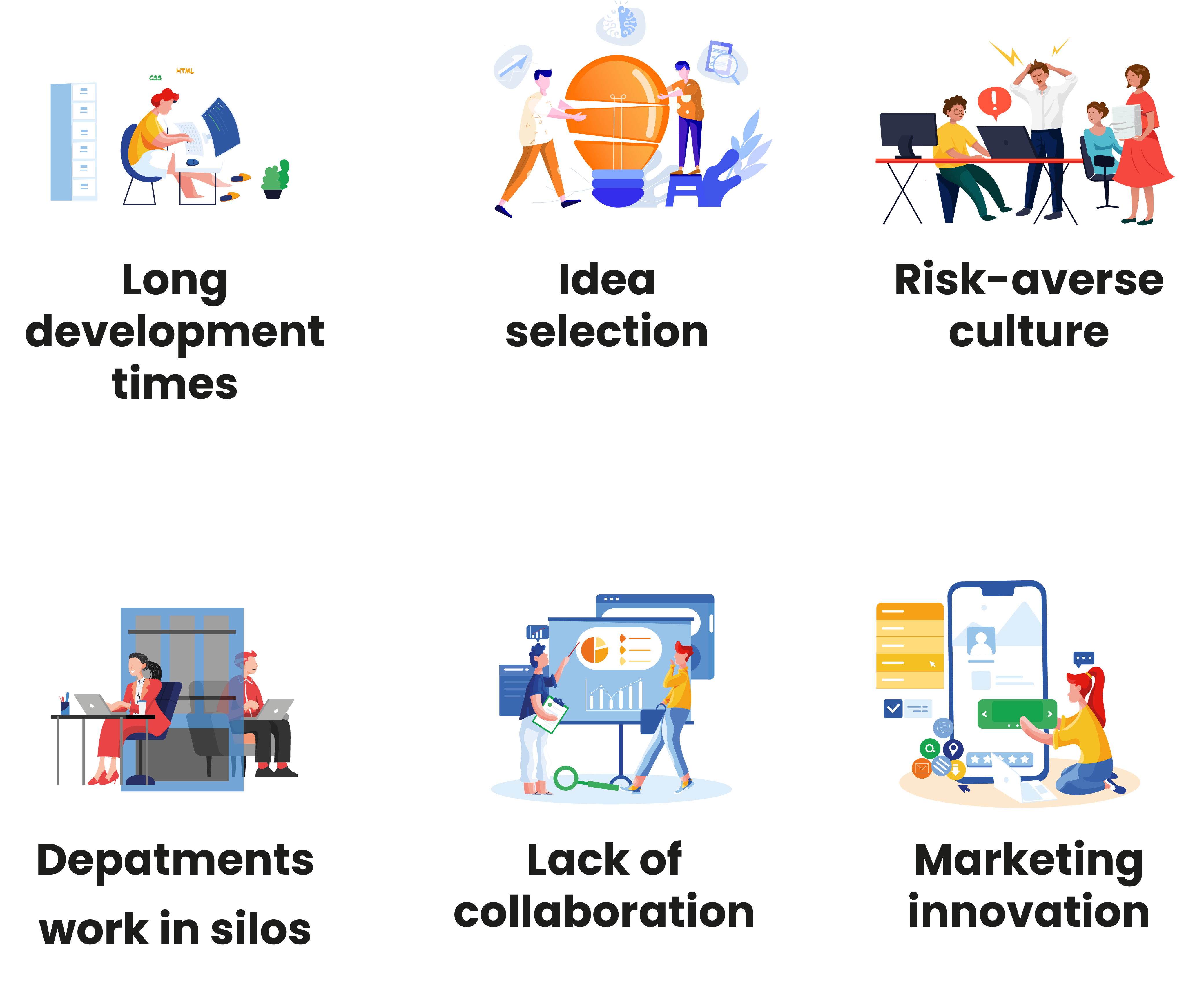
Two years ago in 2018, Everise first launched our Home Experience solution, offering this opportunity to our first champion. Over the past two years, we have invested in the people, processes and technology that enables enterprise compliance and operational readiness when managing a remote workforce.
This innovative thinking and preparedness gave us the upper hand when to quickly transitioned over 90% of our workforce to a work at the home model when countries went into lockdown due to the COVID-19 coronavirus.
We succeeded in this effort because we listened to the challenges our people faced every day and found a way to create an innovative solution that not only helps our agents but allowed us to remain committed to supporting business and customers around the world.
There are many ways to encourage corporate innovation, but it is also important to have a process to harness these ideas and turn them into reality. By stimulating innovation and creativity in the workplace, you can also increase your ability to attract and retain talent. In short, the innovation process encourages collaboration among team members and supports an environment in which creative thinking is unleashed.
But when good ideas emerge, companies often fail to capitalise on them and translate them into viable solutions. Almost every organisation recognises the need for innovation, but many inadvertently stifle innovation with traditional thinking.
Some companies catch the “not inventing here” syndrome and think that only ideas that emanate from management can be worthy of attention. Others may get bogged down in the rationale behind new ideas, forgetting that the cost of not innovating outweighs the costs of introducing them.
Boston Consulting Group identified these top six areas as challenges faced by organisations when innovating.

Fostering a curious and creative culture is critical to overcoming most of these challenges. Gallup found that only 35% of workers are given time to be creative at work a few times per year.
Contrary to popular belief, creativity can be learned and nurtured internally. Companies can adopt formal idea management processes to capture, develop, evaluate, protect, and implement ideas and proposals that form new opportunities that meet their unique market challenges. By rethinking innovation concepts and successfully implementing innovative strategies and processes, organisations can take the next step in achieving growth and prosperity in a hyper-competitive global arena.
To grow and innovate, corporations must cultivate a mindset and culture that allows for innovative and creative thinking that can eventually lead to the emergence of disruptive enterprise solutions. But beware of innovating purely to “disrupt”. Although breakthroughs in products and services make headlines as a first-mover, their advantage is often short-lived. It is the steady, incremental innovation that employees engage in every day that gives organisations real, sustained growth.
Whether you are an SME of a multinational organisation, is common for most departments to operate in a silo where most employees do have the opportunity to understand the business as a whole. Create initiatives that encourage multidisciplinary teams to meet and network, enabling them to understand the context and challenges each department has to overcome. This form of sharing facilitates open sharing and avoids information blockages.
Often organisations get bogged down with a “this is how we do things here” mindset. Though something might have worked in the past, being open to new ideas helps breed innovation. Exploring new methods for producing something encourages employees to always be on the lookout for more efficient and effective ways of delivering results. To encourage innovation, cultivate a culture that values creativity. Encourage employees to discuss their ideas. Understand what real leadership means in terms of creating an open, collaborative, and open-minded environment for innovation and creativity. The next step is to realise that good ideas can come from anywhere in the organisation.
Innovation is a risky business but embracing the risk is what will yield the greatest rewards. According to Gallup only 18% of employees strongly agree that they can take risks at work that could lead to important new products, services or solutions. When employees take the risk and stumble the best thing organisations can do is to encourage them to learn from their mistakes. Reprimanding staff when ideas go wrong will discourage them from sharing future ideas for fear of failing. Constructive feedback provides a framework for employees to avoid similar mistakes and help them grow their innovative mindset.
Brainstorming should be a common occurrence within any organisation and can be equally effective using video conferencing tools, like Microsoft Teams. This activity is instrumental when trying to innovate but it is important to develop an environment that does not judge people for their ideas by encouraging employees to be open and express their ideas without fear of ridicule. Brainstorming is also a chance to change things up and set the meeting in a different setting and break up the routine of the workday.
Eating your own dog food or dogfooding is where your company uses your own products and innovations. This is a great way for your company to have an ROI on your innovation investments and to test its products in real-world usage.
“And at the end of the day if you want to make another company, another client believe in your product, it's better that you believe in it first. And the way to do it is by building it around your challenges,” advises Lana Pagnoux, a consultant at Everise DX.
Although an organisations innovation potential depends on many factors, there are several steps you can take to create the right conditions for innovation. Foster a creative culture and try one or more of these tips and you are on the right track to incubating innovation.
You can also contact Everise DX who can help fast track your innovation initiatives and keep your business competitive for today and tomorrow.
Related Posts and Case Studies: